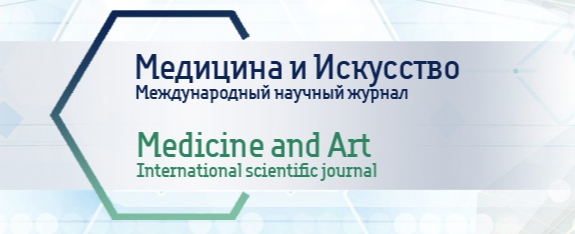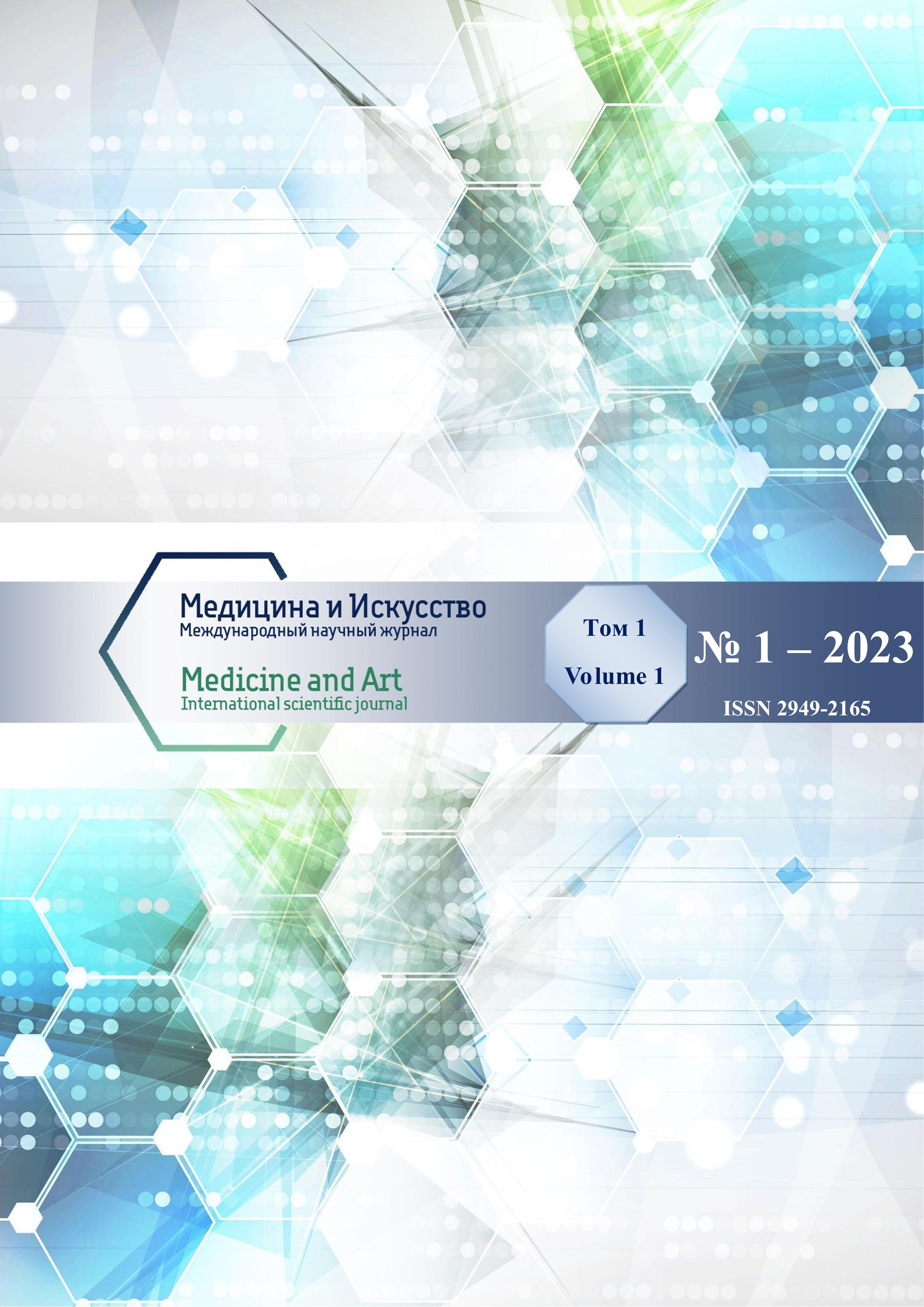A vital task of modern medicine is the creation of new effective technologies for complex psychosomatic recovery and treatment. This article is devoted to the innovative technology of rehabilitation, stress control and pain treatment, it is called Acutone therapy by the authors, where the achievements of scientific music therapy, Chinese traditional medicine, acoustics and computer technologies were integrated. Technical and methodological features of Acutone therapy and also the examples of effective application in clinical practice are presented in this article.
scientific music therapy, acupuncture, acoustics, computer technology, integration, stress, rehabilitation, pain treatment
1. Shushardzhan S.V. Integrative medicine - the way to the 21st century. Proceedings of the 1-st International Congress of Integrative Medicine, Cyprus, 1997, p. 7-26
2. Shushardzhan, R.S. Device for musical acoustic magnetic-vacuum effects on acupuncture points and reflexogenic zones Akuton. Patent number 129398. Registered in the State Register of Inventions of the Russian Federation (2013)
3. Shushardzhan S.V. Music therapy guide. Moscow, Medicine, 2005, p. 478.
4. Shushardzhan S. V., Shushardzhan R. S. From empiricism to science - the formation of music therapy. - Kazan. Materials for the conference "Art therapy as a factor in the formation of social health", 2016, p. 17-21.
5. Shushardzhan S.V., Petoukhov S.V. (2020) Engineering in the Scientific Music Therapy and Acoustic Biotechnologies. In: Hu Z., Petoukhov S., He M. (eds) Advances in Artificial Systems for Medicine and Education III. AIMEE 2019. Advances in Intelligent Systems and Computing, vol 1126, p.273-282. Springer, Cham
6. Shushardzhan S.V. Mission of Music Therapy and Neuro-Hormonal-Resonant Theory as its Scientific Basis. Norway, Oslo, Proceedings of the 9th European Music Therapy Congress, 2013, p. 91
7. Shushardzhan S.V. Scientific Music Therapy - achievements and prospects. Proceedings of the XXI Interdisciplinary Medical Congress of Natural Medicine with International Participation , Slovakia, Šamorin (2017) p. 17-21
8. Razumov, A.N., Shushardzhan, S.V.: Methods of music therapy (manual for doctors). RNTSVM and K, Ministry of Health of the Russian Federation, Moscow (2003)
9. Shushardzhan S.V. Conceptual and technological features of the Russian school of scientific music therapy. Proceedings of the XXII International Conference "Theoretical and Clinical Aspects of the Application of Bioresonance and Multiresonance Therapy", 2016, p. 99-101
10. Shushardzhan S.V.Clinical music therapy. International Dictionary of Music Therapy, Capilano University, Canada, 2013. p. 24.
11. Shushardzhan S. V., Shushardzhan R. S. Mechanisms of anti-aging effects of music therapy. Proceedings of the XXII International Conference "Theoretical and Clinical Aspects of the Bioresonance and Multiresonance Therapy", 2017, p. 175-180.
12. Ishaya P. Gambo, Abimbola H. Soriyan, Rhoda N. Ikono,"A Proposed Process Model for Requirements Engineering using Delphi Techniques for Prioritisation", International Journal of Information Technology and Computer Science(IJITCS), vol.7, no.1, pp.73-80, 2015. doi:https://doi.org/10.5815/ijitcs.2015.01.09
13. Angadi, S.A., Hatture, S.M.: Biometric person identification system: a multimodal approach employing spectral graph characteristics of hand geometry and palmprint. Int. J. Intell. Syst. Appl. (IJISA), 3, 48-58 (2016). http://www.mecs-press.org/ijisa/ijisa-v8-n3/IJISA-V8-N3-6
14. Trupti S. Indi, Yogesh A. Gunge,"Early Stage Disease Diagnosis System Using Human Nail Image Processing", International Journal of Information Technology and Computer Science(IJITCS), Vol.8, No.7, pp.30-35, 2016. doi:https://doi.org/10.5815/ijitcs.2016.07.05
15. Hu, Z.B., Petoukhov, S.V.: Generalized crystallography, the genetic system and biochemi cal esthetics. Struct. Chem. 28(1), 239-247 (2017). https://doi.org/10.1007/s11224-016-0880-0
16. Hata, R., Akhand, M.A.H., Islam, M.M., Murase, K.: Simplified real-, complex-, and quaternion-valued neuro-fuzzy learning algorithms. Int. J. Intell. Syst. Appl. (IJISA), 10(5), 1-13 (2018). https://doi.org/10.5815/ijisa.2018.05.01









